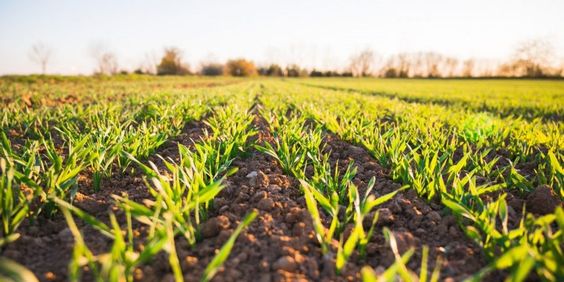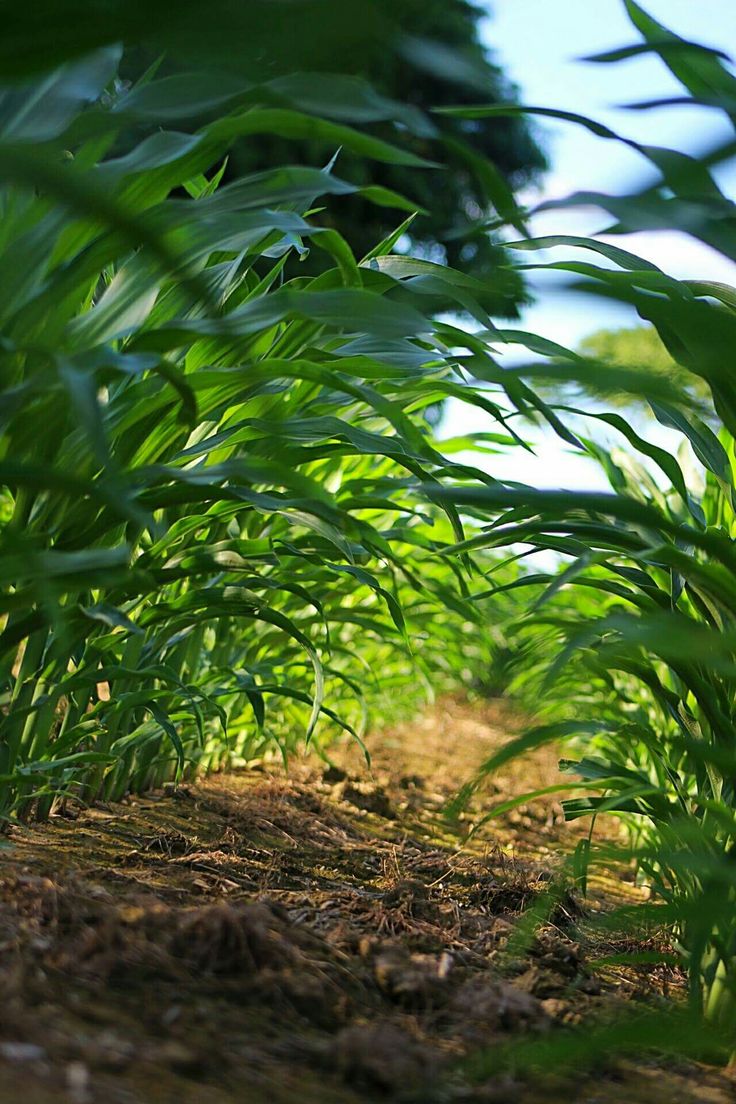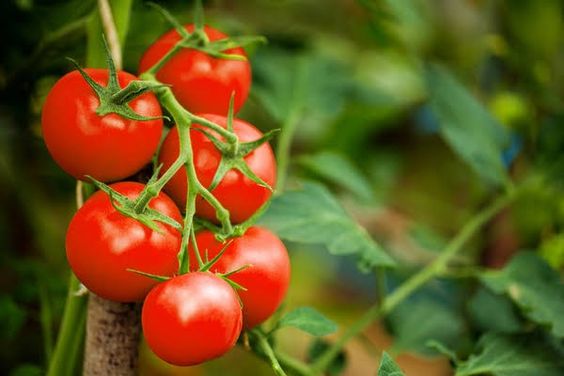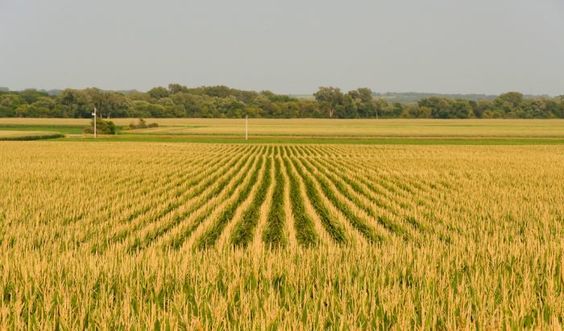Cultivating Success: How Plant Monitoring Empowers Smart Agriculture
Plant Monitoring ,In the ever-evolving world of agriculture, the pursuit of Smart Agriculture remains at the forefront, aiming to optimize practices for increased yields, resource efficiency, and sustainability. As a fundamental pillar of this movement, plant monitoring emerges as a critical tool, empowering farmers with real-time insights into the health and well-being of their crops.
This article delves into the world of plant monitoring, exploring its role in Smart Agriculture, highlighting its benefits, and delving into the diverse technologies employed. Finally, we’ll discuss the future of plant monitoring and its potential to shape the agricultural landscape.
Contents
The Need for Vigilance: Understanding the Importance of Plant Monitoring
The success of any agricultural endeavor hinges on the health and productivity of the cultivated plants. Traditionally, farmers relied on visual observation and experience to identify and address potential issues. However, this approach can be subjective and often leads to reactive measures, potentially causing significant yield losses and resource misuse.
Plant monitoring steps in to bridge this gap by offering proactive and data-driven insights. By continuously tracking various aspects of plant health and environmental conditions, farmers can:
- Identify potential problems early on: Plant monitoring allows for the detection of subtle changes in key parameters even before visible signs of stress appear. This early detection enables timely intervention, preventing problems from escalating and minimizing potential damage.
- Optimize resource allocation: Precise data on plant needs facilitates the targeted use of resources like water, fertilizers, and pesticides. This not only reduces waste but also ensures plants receive the precise amount of sustenance they require to thrive.
- Improve decision-making: By analyzing collected data over time, farmers gain valuable insights into the effectiveness of their practices. This allows them to adapt and refine their strategies for improved crop performance in the long run.
A Technological Arsenal: Exploring the Tools of Plant Monitoring
The effectiveness of plant monitoring hinges on the adoption of various technologies. These technologies can encompass anything from simple sensors to sophisticated IoT-based systems:
- Sensors: These are the workhorses of plant monitoring, collecting data on various parameters like soil moisture, temperature, humidity, light intensity, and even leaf chlorophyll content. They can be deployed directly in the field, providing real-time data streams.
- Remote sensing: This technology utilizes aerial or satellite imagery to capture data on large agricultural fields. By analyzing spectral variations in the images, farmers can assess plant health, identify stress patterns, and monitor crop growth across vast areas.
- IoT (Internet of Things) platforms: By connecting sensors and other monitoring devices to the internet, farmers can collect and centralize data in real-time. IoT platforms provide user-friendly interfaces for data visualization, analysis, and even automated alerts based on predefined thresholds.
- Drones: Equipped with advanced sensors and cameras, drones offer a cost-effective and efficient way to collect data over large fields. They can be used for tasks like crop health assessment, yield estimation, and even targeted pesticide application.
Each technology has its strengths and limitations, and the choice of the most suitable approach depends on factors like farm size, crop type, and budget constraints. Combining various technologies can create a robust and comprehensive monitoring system, providing farmers with a well-rounded picture of their crops’ needs.
The Road Ahead: The Future of Plant Monitoring in Smart Agriculture
As technology continues to evolve, the future of plant monitoring holds immense potential for the agricultural sector. Here are some exciting possibilities to watch for:
- Integration with artificial intelligence (AI): AI algorithms can be employed to analyze vast amounts of data collected from plant monitoring systems. This analysis can lead to automated decision-making for irrigation scheduling, nutrient management, and even pest and disease control.
- Precision agriculture: By integrating plant monitoring data with other technologies like GPS and variable-rate applicators, farmers can achieve a level of precision previously unimaginable. This allows for the customized application of resources based on the specific needs of every individual plant within a field, minimizing waste and maximizing efficiency.
- Real-time decision support: Advanced monitoring systems can provide farmers with real-time alerts and recommendations based on the collected data. This allows for immediate action to be taken when issues arise, potentially saving crops and minimizing damage.
As we move toward a future of Smart Agriculture, plant monitoring will continue to play a pivotal role. By empowering farmers with the tools to truly understand and respond to the needs of their crops, this technology holds the promise of sustainable, resilient, and profitable agricultural practices for generations to come.
In conclusion, plant monitoring presents itself as a transformative force in the agricultural landscape. By offering real-time insights into plant health and environmental conditions, it empowers farmers to make informed decisions, optimize resource allocation, and ultimately cultivate success in the ever-evolving world of Smart Agriculture. Embracing these innovative technologies and harnessing their potential holds the key to unlocking a future of sustainable and bountiful harvests.




